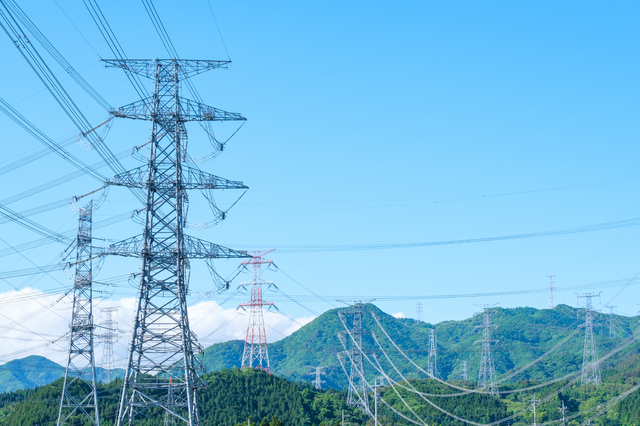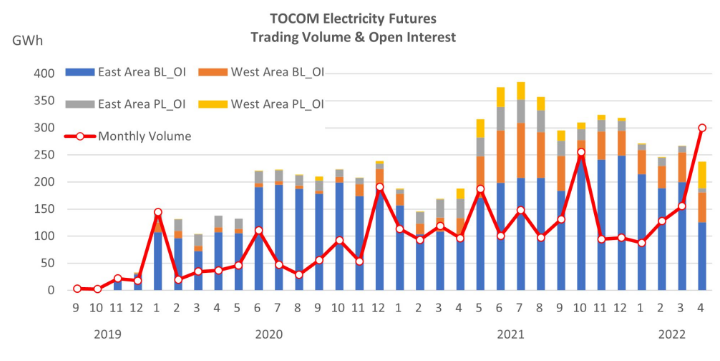TOCOM Energy
JPX Energy Market Updates(Dec.5, 2022)
Welcome back to JPX energy market updates.
Crude oil futures last week were trading higher as markets found support from increased optimism on demand from China and possible Russian supply constraints. However, benchmark Dubai, Brent and WTI market structure has come under strong downward pressure in recent weeks, indicating demand remain weak for now.
On the supply side, after a week of diplomatic wrangling on the price level in Brussels with Poland holding out for a lower price, the European Union agreed to impose a price cap on Russian seaborne oil exports at $60/b late on Friday, paving the way for the G7-led to launch Dec. 5. It’s estimated that Russia will need to redirect another 1 mb/d of crude oil exports elsewhere, as the EU import ban kicks in.
The G7's price cap will apply to Russian crude based on free-on-board prices, which do not include the cost of insurance and shipping.
The cap price level is a key factor in how Russia responds and a marker for the potential profits from circumventing the rules.
Russia has made it clear it has no intention of selling its oil under the price caps, meaning it will need to develop alternative supply chains to bypass the measures or shut in its displaced oil.
As a matter of fact , Russia is already working on circumventing the ban on insurance by providing its own insurance to potential clients through its state-controlled Russian National Reinsurance Company. In the long term, both Russia and China might have an incentive to develop more their own maritime insurance system in order to limit the impact of Western sanctions.
The provision of alternative insurance is not the only way to circumvent a price cap. So-called shadow trade, including high-sea transshipments using “dark” tankers with unclear ownership and records, is also likely to expand and could obstruct Russian trade analysis. According to the IEA, some 100,000 b/d of September loadings and 450,000 b/d of October loadings were missing destination information.
As the embargo goes into effect, insurance and freight rates are likely to rise further to compensate for the risks associated with sanctions, which would be reflected by the Russian crude oil discounts. If the tanker capacity is sufficient, Russian crude can find other buyers, in other words the discounted price will not fall below the cost of Russian crude production, the market impact will not be significant.
In practice, the price cap is imposed as a fixed price rather than a differential which will complicate compliance for traders. Traders will not know that price in advance when shipping and insurance are arranged if a deal uses a variable benchmark, as is standard practice.
The OPEC+ producer alliance said Sunday it will not make any changes to output policy for now, the decision means the 2 million b/d cut in quotas from October levels will remain in place until the fallout from EU sanctions on Russian crude imports and the G7's price cap becomes clearer. The outcome was largely expected heading into the meeting, following two weeks of intense speculation amid various media briefings from delegates ranging from a further output cut to even an increase in quotas.
The primary concern for the group remains recessionary fears and weak demand growth, which in turn is weighing heavily on prices after Dubai tumbled around $10/b in November and market structure collapsed.
In turn, the crunch in market structure will lead to a sharp contraction in OSP differentials against the underlying benchmark, with Saudi Aramco lowers prices for January-loading crude on Monday.
The next OPEC+ meeting is scheduled for June 4, though a ministerial monitoring committee, co-chaired by Saudi Arabia and Russia, will meet Feb. 1 to review market conditions and potentially recommend an emergency OPEC+ meeting.
On the demand side, the latest move by China prompted commodity markets to seek answers as to whether this could trigger an earlier-than-expected reopening of the entire economy and prompt a demand revival in the world's second-largest economy and Asia's biggest oil consumer.
Guangzhou the capital city of Guangdong province, China's top GDP contributor announced plans on Nov. 30 to remove most movement controls and resume public transport. Moreover, Chinese authorities eased covid testing requirements across major cities over the past weekend as China appears to be engineering a gradual shift away from its strict covid zero policy. These policies were announced despite new COVID-19 cases still relatively high according to the National Health Commission.
However, it’s expected that people movement would still slow for a while before a rebound as the infected people are on sick leave, while a certain proportion of the remainder stay home voluntarily to avoid infection. The rising cases would dampen demand even if the government loosens controls, a downturn remains in the cards for Q1 2023.






